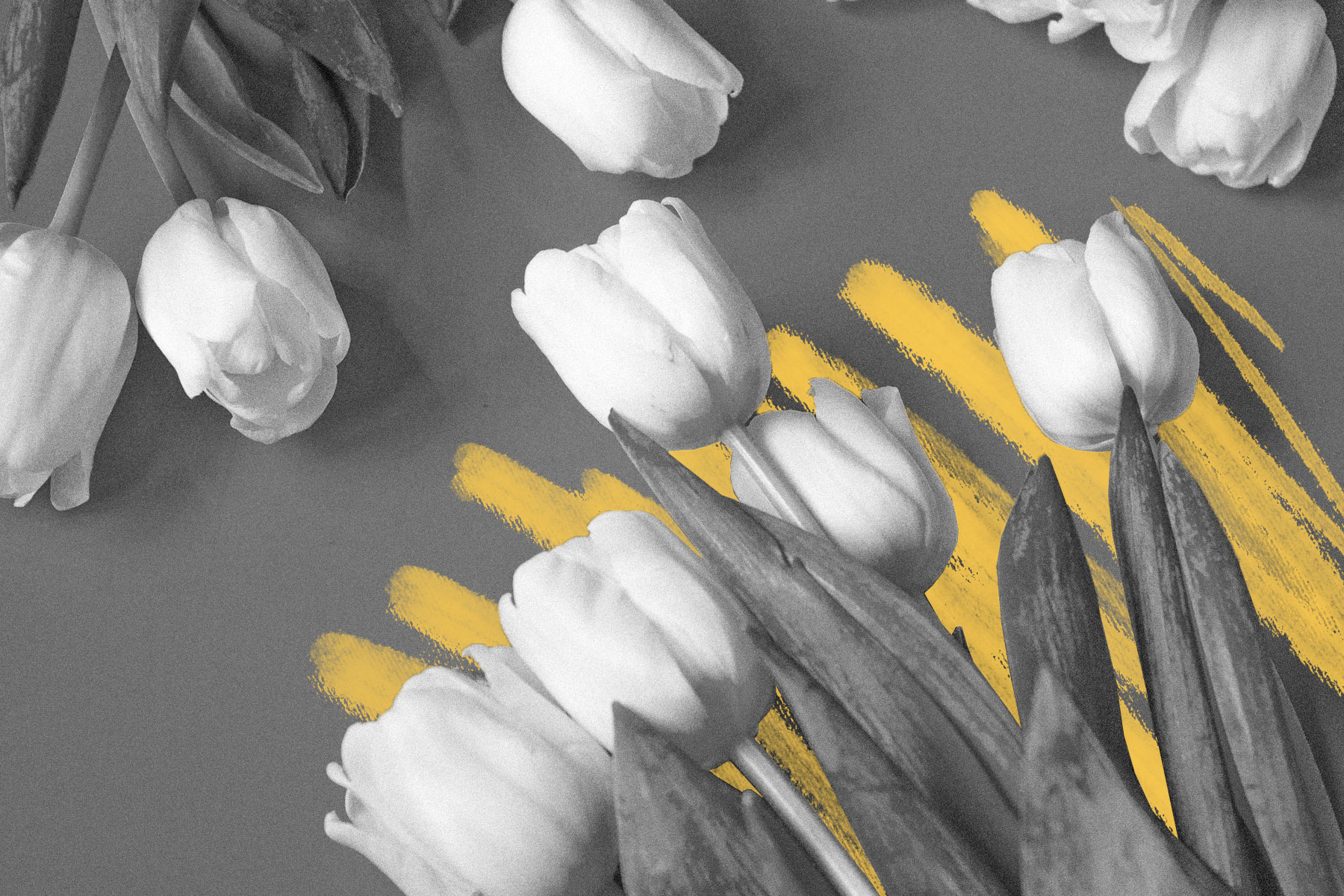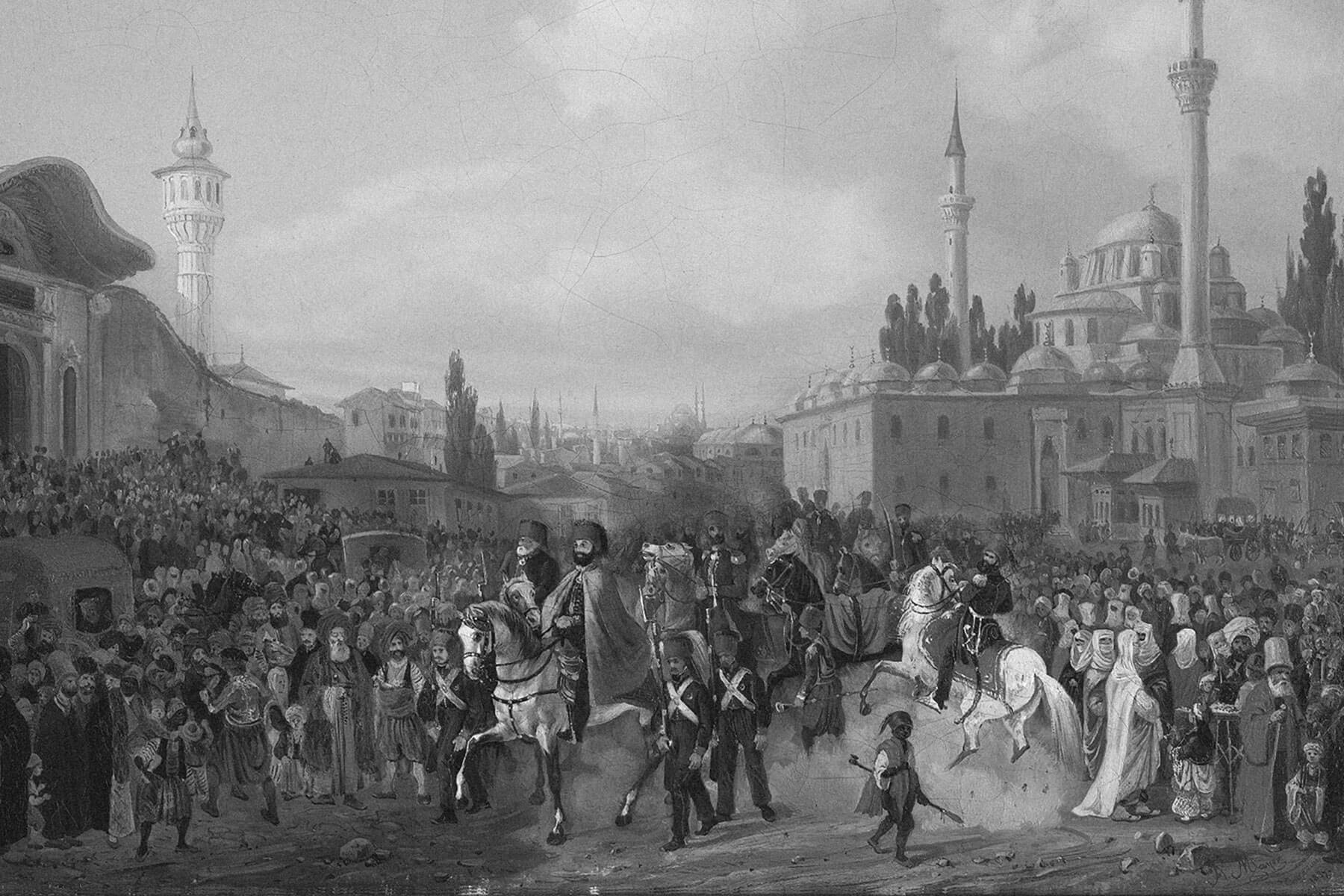| W e think of tulips as commonplace spring flowers, but the bulbous, vibrant plant was once one of the most sought-after commodities in the Netherlands. Tulips were seen as exotic given their Middle Eastern origins — they were attractive and stylish, with highly saturated colors, and they looked like no other flower in Western and Northern Europe. Between 1634 and 1637, tulip prices skyrocketed in the Netherlands and other parts of Europe, and the flower became a status symbol, indicating both wealth and a certain aura of worldly cosmopolitanism. The demand for tulips in a variety of both colors and patterns (striped tulips became a particular point of obsession for their rare "broken" appearance) became so frenzied that a single bulb could be used as the dowry for a marriage. The phenomenon was dubbed "Tulipmania," and at the height of the market, tulips were even more valuable than gold. |
|
| The florin (the Dutch currency at the time, also known as the guilder) had a gold content of roughly 0.77 grams, and a tulip bulb weighed around 20 grams, meaning any bulb that sold for more than 26 florins was worth more than its weight in gold. At the peak of the tulip craze, bulbs regularly cost more than 100 florins, and a Semper Augustus tulip — the most expensive bulb ever sold — could cost as much as 5,200 florins, or roughly a quarter-million dollars today. Alas, the flower's moment in the sun eventually came to an end. Like many economic bubbles, the tulip market burst in part because a number of people bought bulbs on credit that they were not able to pay back. In the winter of 1637, the bottom fell out of the tulip market, and the price halved in a matter of days. |













No comments:
Post a Comment